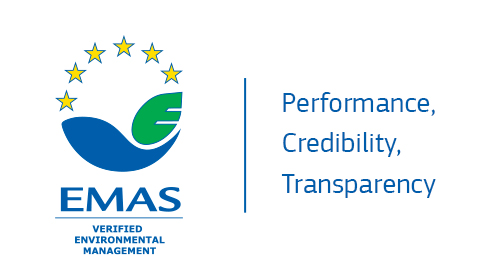Corporate Social Responsibility: 7 Steps of an Environmental Audit
Summary
– Environmental audit: definition
– Characteristics of the environmental audit
– Environmental audit: steps
An environmental audit is an internal or external evaluation of the practices implemented by a company to respect the environment. It is a strategic approach of the company that is conducted in 7 steps.
Environmental audit: definition

An environmental audit, or environmental diagnosis, is an evaluation of the policies put in place in a company to preserve the environment.
Good to know: it is about understanding how companies integrate issues related to sustainable development.
The definition of an environmental audit is “a periodic, systematic, documented and objective evaluation of the organization, management systems and the performance of the equipment put in place to ensure environmental protection.”
It would help if the company carries out an environmental audit with a standard (e.g., ISO standard), a regulation (e.g., EMAS regulation “Eco-Management and Audit Scheme.”
Example: mandatory use of low consumption light bulbs.
It is also a commercial argument that companies can put forward to stand out from the competition.
Characteristics of the environmental audit
Forms
An environmental audit can be internal, i.e., carried out by a company’s department, or external, i.e., carried out by a firm outside the company.
Content
The environmental diagnosis evaluates many aspects of environmental preservation. Some examples are:
– greenhouse gas emissions,
– discharges into the aquatic environment,
– soil contamination,
– the use of energy,
– all kinds of nuisances,
– risks of environmental accidents,
– transport of goods and people, etc.
Example: noise, odors, vibrations, dust, visual nuisances, etc.
Environmental audit: 7 steps
An environmental audit is a precise procedure that is divided into 7 steps:
- The opening meeting: this first meeting sets the framework for the intervention of people concerned by the audit, both the audited and the auditors.
2. Technical execution: this is the phase during which the auditors carry out their investigations.
3. The audit team’s meeting: the people in charge of the audit meet to share the results of their different investigations.
4. Meeting with the management of the audited company: the team that conducted the audit transmits its observations and recommendations to the management.
5. Closing meeting: this meeting allows the strengths and weaknesses of the company in terms of environmental protection to be presented.
6. The audit report: all observations, investigations, measures, and recommendations are summarized in an audit report.
7. The follow-up of the audit: the follow-up allows to ensure the implementation of the corrective measures requested.
Hope you have liked this post. Please leave your comments in the section below.
You can also read:
